Egyptian mongooses (Herpestes ichneumon) are modest animals with long-haired grey coats sprinkled with brownish speckles; on rare occasions, the coat is reddish brown with yellow speckles. The eyes are surrounded by a thin, bare strip of skin. Their slim body contrasts sharply with their long, bushy tail, which terminates in a black tassel. They have a long, low-slung shape that looks reptilian from a distance. The body length ranges from 48 to 60 cm, with a tail length of 33 to 54 cm. They have a large face, tiny rounded ears that do not protrude over the head, short legs with five fingers on each limb, bare rear feet to the heel, and sharp and curved foreclaws for digging.
Another significant trait is the presence of a huge anal sac with two glandular apertures.
Egyptian mongooses have been shown in Egyptian art from circa 300 B.C. It was known as the “Pharaoh’s Cat” and was regarded as a sacred animal. They were kept in temples and employed as gladiators in arenas to fight snakes.
Egyptian Mongoose: Species Profile
COMMON NAME: Egyptian Mongoose
SWAHILI NAME: Unknown
SCIENTIFIC NAME: Herpestes ichneumon
TYPE: Mammal
FOOD: Egyptian mongooses are opportunistic carnivores, feeding on a variety of prey including small mammals, birds, reptiles, amphibians, insects, and eggs. They may also consume fruits and other plant matter.
HABITAT: Egyptian mongooses are found in a wide range of habitats, including forests, woodlands, grasslands, and wetlands. They are native to parts of Africa, the Middle East, and southern Europe.
SIZE: Egyptian mongooses have a body length of approximately 50 to 70 centimeters (20 to 28 inches), with a tail length of about 33 to 47 centimeters (13 to 18.5 inches). They weigh between 1.5 to 4 kilograms (3.3 to 8.8 pounds).
AVERAGE LIFE SPAN IN THE NATURAL HABITAT: In the wild, Egyptian mongooses have an average lifespan of around 8 to 12 years. However, some individuals have been known to live longer.
ACTIVE: Egyptian mongooses are primarily diurnal but may also be active during twilight hours. They are agile climbers and adept swimmers, enabling them to explore various habitats in search of food and shelter.
GESTATION PERIOD: The gestation period for Egyptian mongooses is approximately 60 to 70 days. Females give birth to litters of 2 to 4 pups, which are born in underground burrows or other concealed locations.
WEIGHT: Egyptian mongooses typically weigh between 1.5 to 4 kilograms (3.3 to 8.8 pounds), depending on their age, sex, and geographical location. They have a slender body, short legs, and a pointed snout.
SIZE COMPARISON TO A 6-FT MAN: Egyptian mongooses are smaller than a 6-ft man, with a body length of approximately 50 to 70 centimeters (20 to 28 inches). They are agile and adaptable, well-suited to their natural habitats.
Physical Features:
The Egyptian Mongoose (Herpestes ichneumon) is a medium-sized carnivorous mammal native to Africa. It has distinct physical features that are characteristic of its species.
Size and Body Structure: The Egyptian Mongoose has a slender and elongated body, typically measuring around 40-60 centimeters in length, with an additional 25-35 centimeters for the tail. It weighs approximately 1.5-4 kilograms, making it relatively small compared to other mongoose species.
Fur and Coloration: The mongoose’s fur is short and dense, with a coloration that varies across its range. Generally, it has a gray or brownish-gray base color, which can be lighter or darker depending on the individual. Some individuals may exhibit a slight reddish or yellowish tint on their fur.
Facial Features: The Egyptian Mongoose has a pointed snout and a well-developed sense of smell. Its eyes are relatively small and round, with a yellow or reddish-brown iris. The ears are medium-sized and rounded.
Distinctive Markings: One of the most notable features of the Egyptian Mongoose is its facial mask. It has a dark patch of fur around the eyes, giving the appearance of a mask-like pattern. Additionally, it has a bushy tail with a darker tip.
Limb Structure: The mongoose has four well-developed limbs, each with five toes equipped with sharp claws. These claws are used for digging, climbing, and capturing prey.
Overall Appearance: The Egyptian Mongoose has a sleek and agile appearance, adapted for a life of agility and stealth in its natural habitat.
Understanding the appearance of the Egyptian Mongoose can help in its identification and appreciation during wildlife encounters.
A. Slender and Agile Body:
The Egyptian Mongoose boasts a slender and agile body, perfectly adapted for a life in various habitats. It has a long and slender snout, sharp teeth, and a bushy tail that aids in balance and communication.
B. Varied Coat Color:
The coat color of the Egyptian Mongoose varies from light sandy brown to reddish-brown, providing effective camouflage in its natural surroundings. Its fur is dense and consists of short, coarse hairs.
Behavior and Habitat:
The Egyptian Mongoose (Herpestes ichneumon) is known for its fascinating and diverse range of behaviors. These behaviors play a crucial role in its survival and adaptation to its environment. Here are some key aspects of the Egyptian Mongoose’s behavior:
Social Structure: Egyptian Mongooses are typically solitary animals, although they may form small groups or pairs during certain periods, such as mating or raising offspring. They establish and defend territories, marking them with scent markings to communicate their presence and boundaries to other mongooses.
Nocturnal and Diurnal Activity: Egyptian Mongooses are primarily diurnal, meaning they are most active during the day. However, in areas with high human activity or predation pressure, they may become more nocturnal, adjusting their activity patterns to avoid potential threats.
Foraging and Feeding: Egyptian Mongooses are opportunistic feeders with a diverse diet. They primarily consume small vertebrates such as rodents, birds, reptiles, and amphibians. They are also known to eat insects, eggs, fruits, and occasionally carrion. They use their keen sense of smell and agility to locate and capture their prey.
Territorial Behavior: Egyptian Mongooses defend their territories from intruders, engaging in confrontations and vocalizations to establish dominance and protect valuable resources. They communicate through a variety of vocalizations, including growls, hisses, and chattering sounds.
Reproduction and Parental Care: Breeding in Egyptian Mongooses typically occurs during the wet season. Females give birth to litters of 2-4 pups, which are cared for by both parents. The parents share responsibilities such as protecting, grooming, and teaching hunting skills to their offspring until they become independent.
Scent Marking and Communication: Egyptian Mongooses communicate through various forms of scent marking, including urine, feces, and glandular secretions. These scent marks serve as territorial boundaries and convey information about reproductive status and individual identity.
Agility and Adaptability: Egyptian Mongooses are highly agile and skilled climbers. They can maneuver through complex habitats, including trees, rocks, and shrubs, with ease. Their ability to adapt to different environments, from forests to agricultural areas, contributes to their widespread distribution.
Understanding the behavior of the Egyptian Mongoose provides insights into its ecological role and its strategies for survival in its habitat.
A. Solitary Lifestyle:
The Egyptian Mongoose is primarily a solitary creature, with individuals maintaining their territories. They are most active during the early morning and late afternoon, retreating to dens or hidden spots during the hottest parts of the day.
B. Habitat Diversity:
This mongoose species is adaptable to various habitats, including forests, grasslands, wetlands, and agricultural areas. It can be found in North African countries such as Egypt, Morocco, Algeria, and Tunisia.
Hunting and Diet:
A. Skilled Hunter:
The Egyptian Mongoose is a skilled and opportunistic hunter, preying on a wide range of small animals, including rodents, birds, reptiles, amphibians, insects, and eggs. Its sharp claws and agile movements enable it to successfully capture its prey.
B. Pest Control:
With its diet consisting of rodents and insects, the Egyptian Mongoose plays a crucial role in pest control. By regulating populations of these pests, it helps maintain the balance of ecosystems and prevents damage to agricultural crops.
Ecological Significance:
A. Seed Dispersal:
As the Egyptian Mongoose traverses its habitat, it unintentionally aids in seed dispersal. Seeds from consumed fruits and plants pass through its digestive system and are deposited in different locations, contributing to the dispersal and germination of plant species.
B. Predation Pressure:
By preying on small mammals and reptiles, the Egyptian Mongoose helps control their populations, preventing overgrazing and protecting vulnerable species. This predation pressure contributes to the overall ecological balance and biodiversity of North African ecosystems.
Conservation Status and Threats:
A. Habitat Loss and Fragmentation:
The primary threat to the Egyptian Mongoose is habitat loss and fragmentation due to human activities such as agriculture, urbanization, and infrastructure development. These factors restrict its range and access to resources, posing a risk to its survival.
B. Human-Wildlife Conflict:
In some areas, conflicts may arise between the Egyptian Mongoose and humans due to predation on poultry or perceived threats to livestock. It is essential to promote coexistence and implement measures to mitigate conflicts to ensure the protection of this remarkable species.
Conservation Efforts:
A. Protected Areas:
Establishing and effectively managing protected areas, nature reserves, and wildlife corridors are crucial for the conservation of the Egyptian Mongoose. These areas provide safe havens for the species and allow for the preservation of its natural habitat.
B. Public Education and Awareness:
Raising public awareness about the ecological importance of the Egyptian Mongoose and promoting its conservation is vital. Educational programs, community involvement, and ecotourism initiatives can foster appreciation and support for the conservation of this iconic North African species.
Herpestes ichneumon
The Herpestes ichneumon (Egyptian Mongoose), with its agility, hunting prowess, and ecological significance, stands as a testament to the remarkable biodiversity of North Africa. By prioritizing habitat conservation, promoting coexistence, and raising awareness about its importance, we can ensure the survival of the Egyptian Mongoose and safeguard the delicate ecosystems it calls home.
Egyptian Mongoose Adaptations
The Egyptian Mongoose (Herpestes ichneumon) has several remarkable adaptations that allow it to thrive in its diverse habitat. These adaptations help the mongoose to effectively search for food, avoid predators, and navigate its environment. Here are some notable adaptations of the Egyptian Mongoose:
1. Agile Body: The Egyptian Mongoose has a slender and agile body, with a long tail that aids in balance and maneuverability. Its body structure allows it to move swiftly and navigate through various types of terrain, including forests, grasslands, and wetlands.
2. Sharp Teeth and Claws: The mongoose has sharp, curved teeth and strong claws that are well-suited for capturing and subduing prey. These adaptations help the mongoose to successfully catch and feed on a variety of small animals.
3. Enhanced Senses: The Egyptian Mongoose possesses keen senses that are essential for survival. It has excellent vision, hearing, and sense of smell, allowing it to detect potential threats, locate prey, and navigate its surroundings.
4. Partially Webbed Feet: The mongoose has partially webbed feet, which aid in swimming and traversing through waterlogged areas. This adaptation enables the mongoose to access a wider range of habitats and pursue prey in aquatic environments.
5. Camouflage: The mongoose’s fur coloration and pattern provide effective camouflage in its natural habitat. Its coat consists of a mixture of brown, gray, and black fur, helping it blend with the surrounding vegetation and making it less visible to predators and prey.
6. Adaptation to Human Presence: The Egyptian Mongoose has shown adaptability to human-altered environments, such as agricultural areas and human settlements. This ability to coexist with humans has allowed the mongoose to expand its range and exploit new food resources.
7. Resistance to Snake Venom: The mongoose has a unique adaptation that provides it with some resistance to snake venom. While not completely immune, the mongoose has a specialized protein in its blood that helps neutralize the effects of certain snake venoms.
These adaptations have allowed the Egyptian Mongoose to thrive in various habitats across its range. By being agile, possessing sharp senses, and having specialized physical characteristics, the mongoose is well-equipped to meet the challenges of its environment and ensure its survival.
Where to See Egyptian Mongooses in Tanzania
The Egyptian Mongoose (Herpestes ichneumon) can be found in various regions of Tanzania, particularly in areas with suitable habitats and food sources. While the mongoose is widely distributed throughout Tanzania, it is more commonly sighted in certain locations known for its diverse wildlife. Here are some places where you have a good chance of spotting the Egyptian Mongoose in Tanzania:
- Serengeti National Park: This iconic park is renowned for its vast savannahs and diverse wildlife. The Egyptian Mongoose can be observed in grasslands and woodland areas, especially near water sources where it hunts for prey.
- Ngorongoro Conservation Area: Home to the famous Ngorongoro Crater, this conservation area offers a unique and rich ecosystem. The mongoose can be spotted in the grasslands, open plains, and bushy areas of the crater, where it forages for food.
- Tarangire National Park: Known for its large elephant herds and baobab trees, Tarangire National Park is also a habitat for the Egyptian Mongoose. Keep an eye out for these elusive creatures near rivers, swamps, and the park’s diverse vegetation.
- Manyara Ranch Conservancy: Located adjacent to Lake Manyara National Park, Manyara Ranch Conservancy provides a pristine habitat for a variety of wildlife species, including the Egyptian Mongoose. Exploring the conservancy’s grasslands and woodlands may offer opportunities to spot this mongoose.
- Selous Game Reserve: As one of Tanzania’s largest game reserves, Selous offers a wilderness experience and a chance to encounter diverse wildlife. The Egyptian Mongoose can be found in the reserve’s wooded areas, marshes, and along riverbanks.
It’s important to note that the Egyptian Mongoose is a nocturnal and elusive creature, so sightings can be relatively rare. Patience and keen observation skills are necessary to increase your chances of spotting one in the wild. Additionally, joining guided game drives or walking safaris with knowledgeable guides can greatly enhance your opportunities for encountering the Egyptian Mongoose during your visit to Tanzania.
Egyptian Mongoose Safari Tips
When planning a safari to observe the Egyptian Mongoose (Herpestes ichneumon) in Tanzania, consider the following tips to enhance your experience:
- Research Suitable Habitats: Learn about the preferred habitats of the Egyptian Mongoose in Tanzania. Focus your safari itinerary on areas known for their mongoose populations, such as the Serengeti, Ngorongoro Conservation Area, Tarangire National Park, Manyara Ranch Conservancy, and Selous Game Reserve.
- Timing and Season: The dry season, typically from June to October, is often considered the best time for wildlife viewing in Tanzania. During this period, vegetation is less dense, making it easier to spot animals, including the Egyptian Mongoose. However, sightings can occur throughout the year.
- Early Morning and Late Afternoon: Mongoose are primarily crepuscular, meaning they are most active during the early morning and late afternoon hours. Plan your safari activities during these times for the best chance of observing their behavior.
- Guided Game Drives: Joining guided game drives led by experienced safari guides can significantly increase your chances of spotting the Egyptian Mongoose. Guides are knowledgeable about the mongoose’s habitat, behavior, and signs of their presence, which can greatly enhance your safari experience.
- Patience and Observation: The Egyptian Mongoose is a small and elusive creature, so patience and keen observation skills are key. Keep a lookout for movement, listen for alarm calls from other animals, and scan the surrounding vegetation and open areas where the mongoose may be foraging.
- Binoculars and Camera Equipment: Bring a pair of good-quality binoculars to observe the mongoose from a distance without disturbing their natural behavior. Additionally, have your camera equipment ready to capture any special moments and memories of your encounter.
- Respect Wildlife and Environment: Remember to maintain a respectful distance from the mongoose and other wildlife, allowing them to carry on with their natural behaviors undisturbed. Follow the guidelines provided by your safari guide and adhere to park regulations for the protection of the animals and their habitats.
- Learn from Local Guides: Engage with local guides and experts who have extensive knowledge about the Egyptian Mongoose and the surrounding ecosystem. They can provide valuable insights into the mongoose’s behavior, adaptations, and conservation efforts.
By following these safari tips, you increase your chances of having memorable encounters with the Egyptian Mongoose while ensuring a responsible and enjoyable wildlife experience in Tanzania.
Egyptian Mongoose FAQs
Here are some frequently asked questions about the Egyptian Mongoose (Herpestes ichneumon):
1. What is the Egyptian Mongoose?
The Egyptian Mongoose is a small carnivorous mammal belonging to the mongoose family. It is native to various regions in Africa, including Tanzania.
2. What does the Egyptian Mongoose look like?
The Egyptian Mongoose has a slender body, long tail, and a pointed snout. It typically has a light brown or grayish-brown fur with a darker mask around its eyes.
3. What is the size of the Egyptian Mongoose?
Adult Egyptian Mongooses can reach a length of about 50 to 60 centimeters (20 to 24 inches), excluding the tail. Their tails can measure around 33 to 47 centimeters (13 to 18.5 inches).
4. What is the diet of the Egyptian Mongoose?
The Egyptian Mongoose is an opportunistic carnivore, feeding on a variety of prey, including insects, small mammals, birds, reptiles, and eggs. It is known for its ability to catch snakes, including venomous species.
5. Where can I see the Egyptian Mongoose in Tanzania?
The Egyptian Mongoose can be found in various habitats across Tanzania, including savannas, woodlands, and agricultural areas. It is commonly sighted in national parks and reserves such as the Serengeti, Ngorongoro Conservation Area, and Tarangire National Park.
6. Are Egyptian Mongooses social animals?
Yes, Egyptian Mongooses are typically solitary animals but can form small family groups. They are known for their territorial behavior, marking their territories with scent markings.
7. Are Egyptian Mongooses endangered?
The Egyptian Mongoose is listed as a species of “Least Concern” on the IUCN Red List, indicating that it is not currently facing a significant threat of extinction. However, habitat loss and fragmentation can impact their populations in some areas.
8. Can Egyptian Mongooses be kept as pets?
In many countries, it is illegal to keep Egyptian Mongooses as pets due to their wild nature and specific habitat requirements. It is important to respect wildlife and leave them in their natural habitats.
9. What are the predators of the Egyptian Mongoose?
The Egyptian Mongoose faces predation from larger carnivores such as leopards, hyenas, and birds of prey. They rely on their agility, speed, and ability to escape into burrows to avoid predation.
10. How can I contribute to the conservation of Egyptian Mongooses?
Supporting conservation organizations and initiatives that protect natural habitats and promote sustainable wildlife management is crucial for the conservation of Egyptian Mongooses. Additionally, spreading awareness about their ecological importance can help garner support for their protection.
Remember, when encountering the Egyptian Mongoose or any wildlife, it is essential to observe them from a distance and respect their natural behaviors.

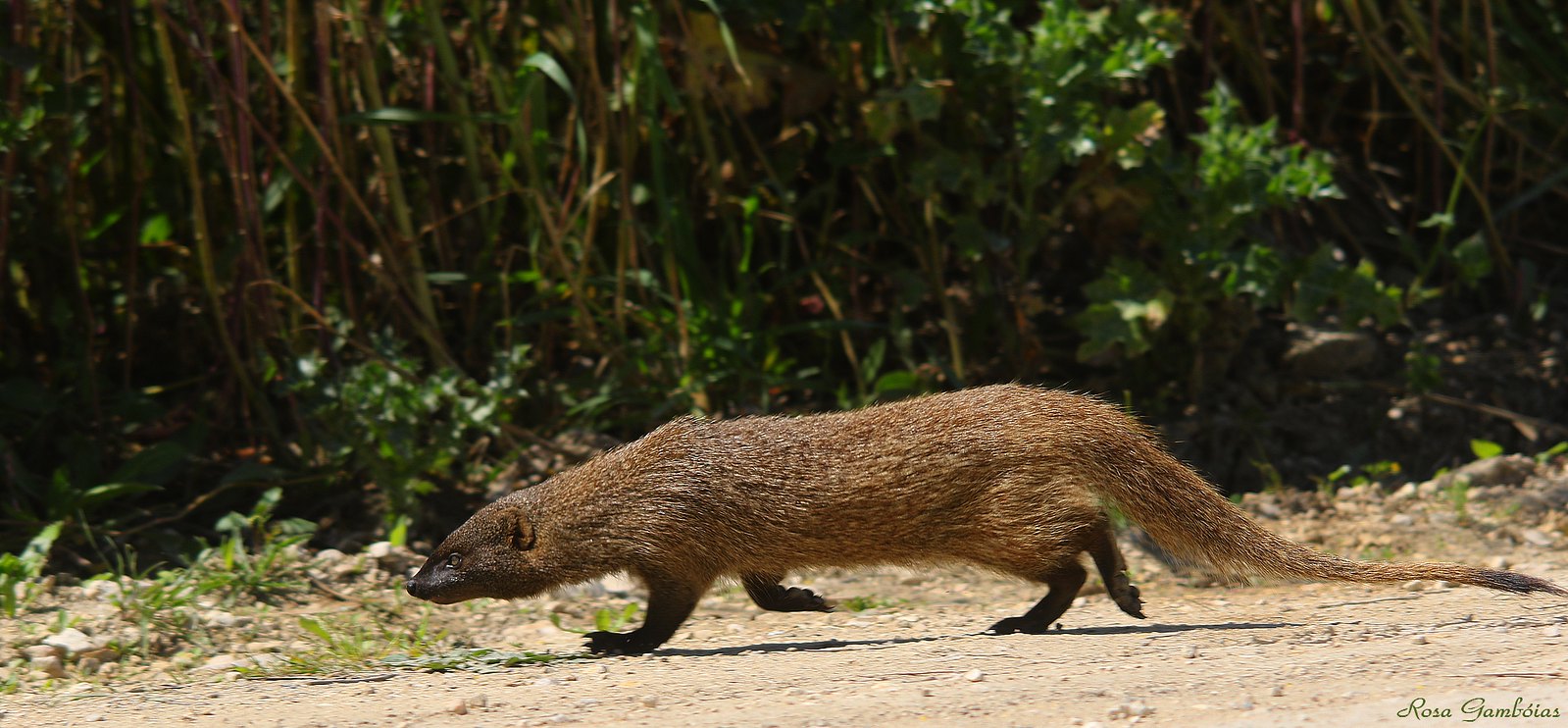

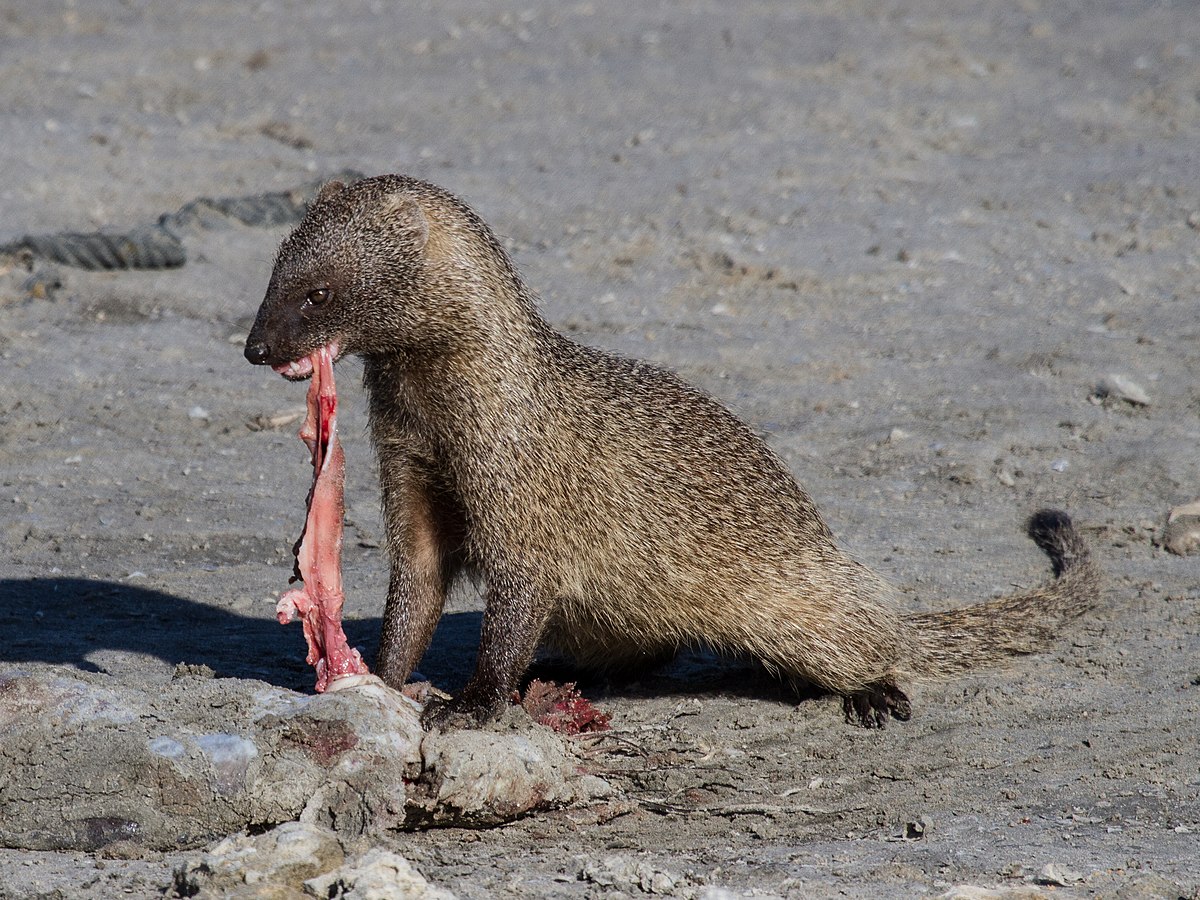
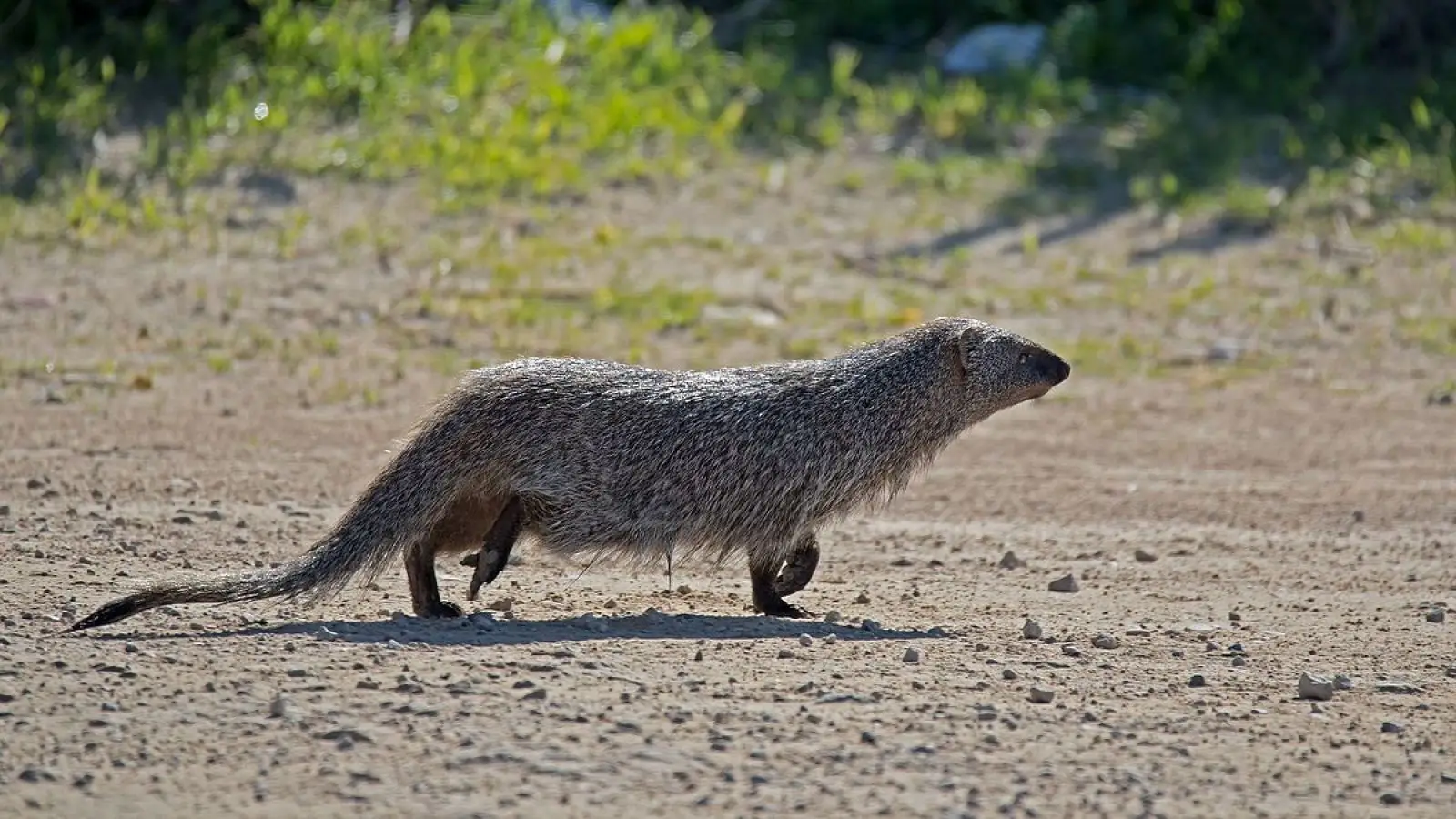

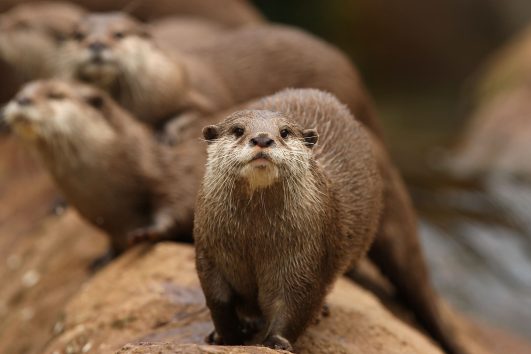
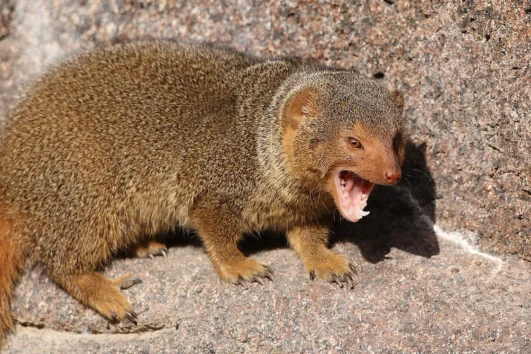
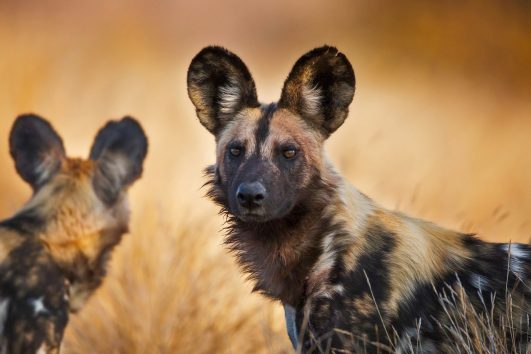
Tour Reviews
There are no reviews yet.
Leave a Review